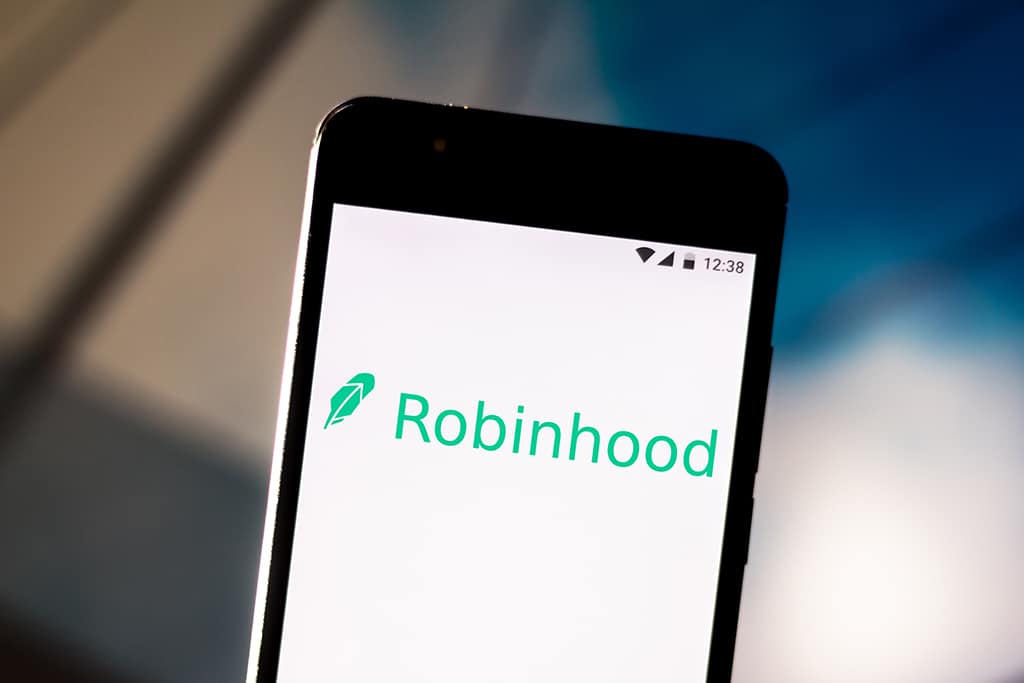Robinhood online brokerage app crumbled on March 2 when the Dow Jones gained its most single-day points, leaving investors frustrated unable to take advantage of the market recovery.
After the stock markets imploded last week due to the fears of the coronavirus spread, traders were ready on March 2 to cut some of those losses. However, that was not meant to be for all Robinhood investors. Robinhood, the brokerage platform, suffered a prolonged outage and was offline for a whole U.S. trading day.
The outage prevented customers from executing trades as stocks rose after the rout experienced last week. The system-wide issue started as the markets opened, with investors unable to access their accounts. After around two hours, Robinhood Markets Inc. confirmed that the problem had been discovered, and the concerned staff was working to solve that issue.
However, access was not yet restored even by 4 p.m. in New York. The trading app was still down even by the end of the trading day after crashing around the time the market opened. Most of the users said that they had missed out on gains they could have taken advantage of as the market spiked the entire day. None of these users was satisfied with the response that Robinhood gave.
As the Dow Jones Industrial Average experienced the single biggest point-gain since 2009, Robinhood sunk to an error that locked the users out of service. A spokesperson wrote an email:
“We started experiencing downtime issues across our platform this morning at market open. We don’t have an estimate when the issue will be resolved, but all of us at Robinhood are working as hard as we can to resume service.”
Why Robinhood Was Offline
One possible cause of this outage may be the high trading volumes that accompanied the highly volatile markets in the past month. Although there are some preliminary reports that the bug originated from a Leap Day Bug, the company denied the allegations that a February 29 error was at fault.
The company’s mistake has cost users lots of money as they tried to trade on stocks that were hit by losses due to investor worries about the impact that the coronavirus, COVID-19, would have on the global economy.
It is not the first time that Robinhood’s code has caused the company troubles. In 2019, faulty coding enabled users to borrow more money than the company intended. That incident gave a potential windfall to the would-be traders.
The online brokerage company has over 10 million users. It introduced many young investors to trading stocks and helped drive down the fees in the industry. Official reports after its latest funding round confirmed that it was valued at $7.6 billion.
Frustrated Users
Robinhood failed to comment on the situation of being offline on Monday afternoon. Moreover, they even did not give a timeline of when they would expect the services to be restored. Earlier in the day, the company said that it was experiencing some downtime. Users who tried to log in got the message that the app was unable to reach the server.
A 29-year-old engineering student at the University of Central Florida, Lance Downing, confirmed that he had never used any other trading app or broker before joining Robinhood two years ago. He had used the app continually for that duration as a loyal customer. He even made a few buy orders before the market opened on March 2.
However, it died right after the market opened, and that cost him opportunities to make considerable amounts. Downing had sold half of his stock two weeks ago. He was now ready to get back into the market on Monday. The breakdown was frustrating for him and many others.
Other Issues
Downing also noticed several other problems. For instance, he had put in an order for Facebook Inc (NASDAQ: FB) shares at $189. But on the screen, he noted that it had been changed to $199. A spokesperson for the company declined to comment on why it changed:
“For a while now I’ve been wanting to switch over to E*Trade or Fidelity or one of the others, now that they’re all free. I’ve been worried about Robinhood because I don’t think Robinhood has been through a recession; and there are all sorts of fears of how they’d handle that.”
Downing was not the only one frustrated. Many other users say that they will shift their money from the trading app once services get restored.
